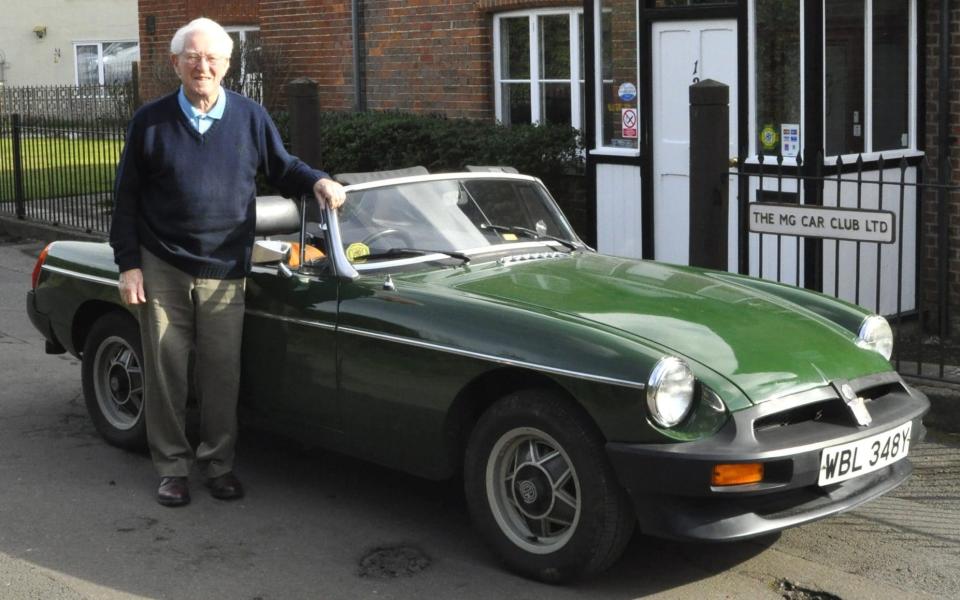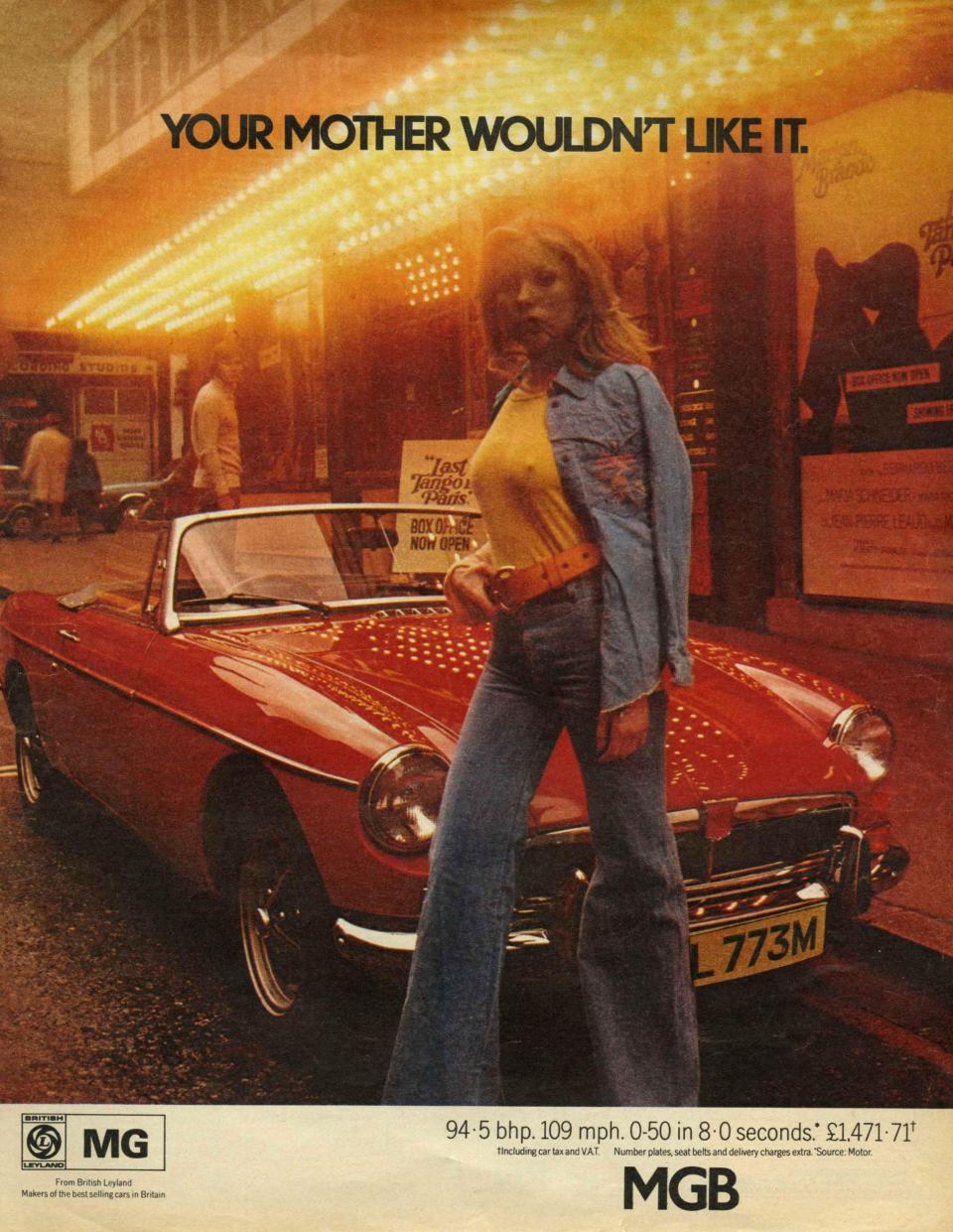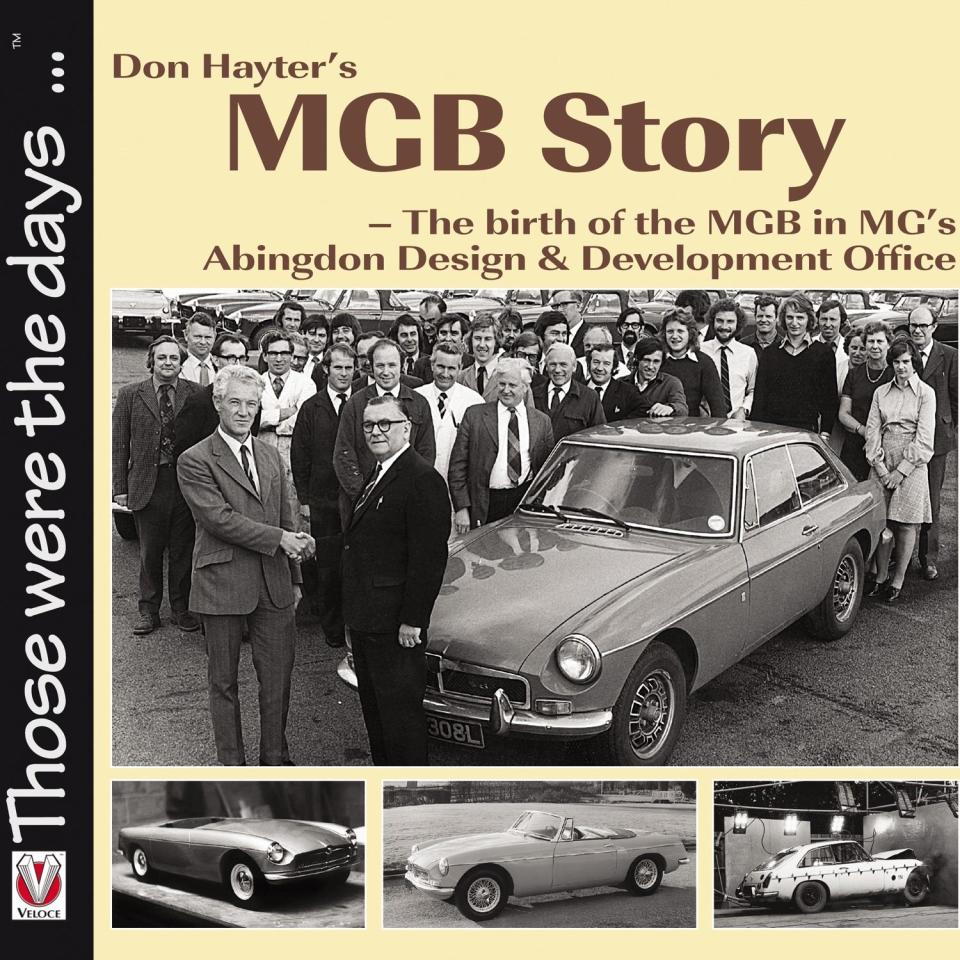Don Hayter, engineer who played a crucial role in the creation of the MGB sports car – obituary

Donald Hayter, who has died aged 94, was more than a motor engineer – he was the embodiment of the golden era of post-war British automotive engineering, and a key figure in the design and development of the MGB soft-top roadster.
The MGB was the best-selling model MG (Morris Garages) ever produced; more than half a million of the cars were sold worldwide and it was also manufactured in Australia.
From its 1960s sales as part of the British Motor Corporation, to a sad demise under the British Leyland banner, the MGB and its MGB GT coupé derivative fashionably defined British engineering excellence.
Famous MGB owners included Bill Wyman of the Rolling Stones, Prince Charles, Princess Anne, Pierre Trudeau, Sharon Stone, Sting and Margaret Thatcher.

As part of the MG design team, Don Hayter was the man who engineered the MGB into reality – taking it from design-concept sketch to showroom car. With 1950s MG design led by the Rhodesian car styling genius Gerald Palmer, MG was on a high and, after joining in February 1956 Hayter revelled in MG’s success: he spent more than 30 years with the company and was to become the last chief design and development engineer at MG before the company’s demise in 1980.
MG’s mid-1950s design and engineering team was led by chief engineer Syd Enever, and included Jim O’Neill, Terence Mitchell, Roy Brocklehurst, Eric Carter, Alec Hounslow, Harry Herring and Peter Neal.
Don Hayter’s career at MG started under Enever, who gave Hayter the task of taking the prototype of an MGA Coupé to production. Despite severe financial and design constrictions, Hayter designed a new, aerodynamic roof, and the car became the final and fastest MGA to run at Le Mans, driven by Edward Lund.
However much he was lauded, Hayter was always keen to remind people that Syd Enever was the MGB’s engineering leader and that the MGB was ground-breaking in design terms.

MG, and its famous 1950s-1960s Competitions Department, raced cars in America, and in European rallies: Hayter was an MG team support driver on many of these forays.
In the MG EX-181 streamlined land-speed racer prototype – which Stirling Moss took to 245mph at the Bonneville Salt Flats in 1957 – lay the origins of the MGB’s shape, which Hayter developed into the production car.
In the 1950s many cars used a separate body mounted on to a chassis, but MG built the first of its all-in-one monocoque, chassis-less car bodies for its Magnette saloon, and then developed the idea further via Hayter’s and Roy Brocklehurst’s joint development work into the MGB’s ultra-strong monocoque body.
Following encouragement from MG’s managing director John Thornley, who had an interest in aerodynamics, the new MGB launched in 1962 used the one-piece self-supporting body which Hayter engineered using aviation techniques and wing design ideas.

This made the MGB body both wind-cheating and very stiff; the technique also allowed the designing-in of a softer, front crumple-zone as a new safety feature which few car makers had then considered or even researched. Safety was a key engineering discipline for Hayter and for MG.
Don Hayter was extremely proud of the MGB’s strength and crash safety and later insisted that: “This stood us in good stead when the 1970s American safety rules came in, because the MGB was exceptionally strong from the start.”
Hayter did not just engineer the MGB’s overall design into production reality; he also contributed to its shape and designed some of its key features including the dashboard and the alloy windscreen frame. Use of aircraft-style light alloy in the body was suggested by Hayter but it proved to be soft and few early MGB owners knew that their alloy bonnets had hidden wooden supports to stop the metal bending.
Born in Oxfordshire on January 24 1926, Hayter was the son of a local policeman and was educated at Abingdon Grammar School. He won the Bennett Scholarship to Pembroke College, Oxford, after which he joined the Pressed Steel Company at nearby Cowley in 1942 as an aircraft engineering apprentice. There he worked on aircraft production engineering for the war effort.
He attended Oxford Technical College and attained a Higher National Certificate in metallurgy and engineering. Post-war, Pressed Steel Ltd designed and supplied body panels for major car marques including Jaguar; Hayter said he was captivated by the curves of the Jaguar XK120 and these inspired him to focus on car design.
By 1952 he had secured a draughtsman’s role with Aston Martin at Feltham, working on the early DB2 series and the Lagonda. When Aston Martin moved north from London to Newport Pagnell, Hayter moved back to Oxfordshire and MG in 1956 as chief draughtsman.
Originally part of a small team at MG’s new Abingdon-upon-Thames engineering base, Hayter joined MG just as the MGA model was being further developed: he worked on the MGA Twin Cam high performance development, and on the EX-series land-speed record cars.

As the new MGB and MGB GT and the later MGC Lightweight cars as MG’s last racers, were all evolved, Hayter developed the cars and made the MGB meet the new 1974 American safety legislation, most notably with stronger bumpers. His solution was better than those of most other car-makers and was typical of his ability to solve engineering problems quickly and elegantly.
Appointed to succeed Roy Brocklehurst as chief engineer at MG in 1973, Hayter experienced the machinations then rampant inside British Leyland and saw MG starved of funds by Donald Stokes and denied proposed new designs and new engines – these being given to MG’s internal rivals inside the British Leyland edifice.
Contrary to British Leyland’s industrial unrest and proven Trotskyist and Communist activities in the Morris factory at nearby Cowley, MG’s men up the road at Abingdon had a good industrial relations record, yet MG was closed down and its famous name relegated to re-badged Austins.
Hayter thought that such events were the “death knell”. He retired in 1980, and after acting as consultant to the first Honda-Triumph car project collaboration, he turned his ever-active mind to improving the lot of disabled people by working as engineer to the Nuffield Orthopaedic concern.
There, he designed improvements to wheelchairs and equipment for patients at the Churchill Hospital who had limited control of their limbs and movements; previous problems with mobility were soon overcome.
An approachable character who enjoyed membership of the Oxford Wine Circle, he loved fine red wines. In retirement, Hayter built his own, unique MGB V8 roadster. Latterly he toured the world lecturing on the history of MG cars and was appointed as honorary vice-president of the MG Car Club in 2001. He told of his life at MG in the book Don Hayter’s MGB Story, published in 2012 (below).

Earlier this year, as Hayter’s health failed, MG Car Club members visited him at his care home in Witney, crowding the car park with MGBs in tribute.
He is survived by his wife Mary, and by their daughter and son.
Don Hayter, born January 24 1926, died October 9 2020

